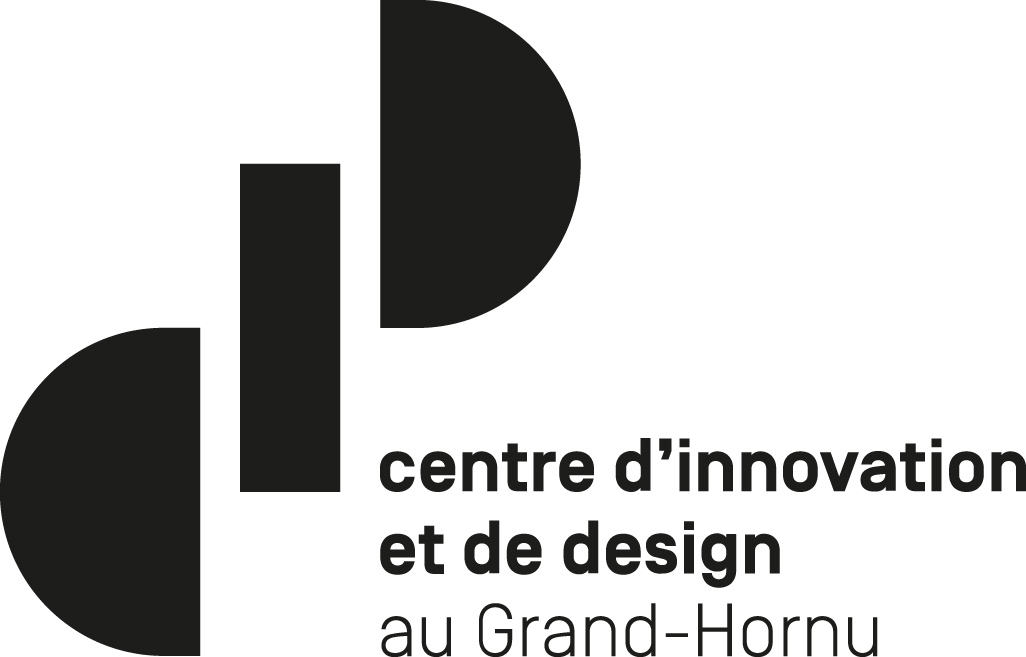Grand-Hornu - CID
Are you looking for a unique location? A site that combines past, present and future? Do you feel the need for innovation? Then the Grand-Hornu site is for you!
A UNESCO World Heritage Site since 2012, Grand-Hornu is a jewel of 19th-century European industrial heritage. Its neoclassical architecture reflects the prosperity and influence of this former colliery, built mainly between 1816 and 1830.
Located in the heart of the Province of Hainaut, a few kilometres from the cities of Mons and Valenciennes, Grand-Hornu is one of the most beautiful sites of the Industrial Revolution. A former mining complex built between 1810 and 1830 by Henri De Gorge, a French-born captain of industry, Grand-Hornu is a real city project, a unique example of functional urban planning on the European continent at the start of the Industrial Revolution.
Keen to provide miners and their families with a pleasant living environment, Henri De Gorge began by building 450 houses around the site. These were luxurious for their time. A school, library, dispensary, shops, leisure and cultural facilities were later added.
Each building had its own function: the engineers' house was the administrative centre of the operation, the square courtyard housed stables and hay shops, and the main courtyard was the main thoroughfare through the heart of the workshop, but also the site of the machines (De Gorge was one of the first in Belgium to build locomotives). This fascinating man also invented new extraction techniques.
The colliery closed in 1954. Initially forgotten, the site became the new property of the Province of Hainaut in 1989.
Since then, the site has been home to two museums: the CID - Centre for Innovation and Design, and the MACS - Museum of Contemporary Arts.
The CID aims to promote contemporary design through a programme of exhibitions and outreach activities that highlight innovation, experimental research and the emergence of new themes and research horizons in the fields of design, architecture and the applied arts.
The Musée des Arts Contemporains (MACS) offers the widest possible audience an overview of all aspects of international contemporary art.
With five or six exhibitions a year, the Grand-Hornu has become an international showcase for contemporary culture, in a breathtaking historical setting.
A UNESCO World Heritage Site since 2012, Grand-Hornu is a jewel of 19th-century European industrial heritage. Its neoclassical architecture reflects the prosperity and influence of this former colliery, built mainly between 1816 and 1830.
Located in the heart of the Province of Hainaut, a few kilometres from the cities of Mons and Valenciennes, Grand-Hornu is one of the most beautiful sites of the Industrial Revolution. A former mining complex built between 1810 and 1830 by Henri De Gorge, a French-born captain of industry, Grand-Hornu is a real city project, a unique example of functional urban planning on the European continent at the start of the Industrial Revolution.
Keen to provide miners and their families with a pleasant living environment, Henri De Gorge began by building 450 houses around the site. These were luxurious for their time. A school, library, dispensary, shops, leisure and cultural facilities were later added.
Each building had its own function: the engineers' house was the administrative centre of the operation, the square courtyard housed stables and hay shops, and the main courtyard was the main thoroughfare through the heart of the workshop, but also the site of the machines (De Gorge was one of the first in Belgium to build locomotives). This fascinating man also invented new extraction techniques.
The colliery closed in 1954. Initially forgotten, the site became the new property of the Province of Hainaut in 1989.
Since then, the site has been home to two museums: the CID - Centre for Innovation and Design, and the MACS - Museum of Contemporary Arts.
The CID aims to promote contemporary design through a programme of exhibitions and outreach activities that highlight innovation, experimental research and the emergence of new themes and research horizons in the fields of design, architecture and the applied arts.
The Musée des Arts Contemporains (MACS) offers the widest possible audience an overview of all aspects of international contemporary art.
With five or six exhibitions a year, the Grand-Hornu has become an international showcase for contemporary culture, in a breathtaking historical setting.

- Monday : Closed
- Tuesday : -
- Wednesday : -
- Thursday : -
- Friday : -
- Saturday : -
- Sunday : -
- T. +32 65 65 21 21
- Rue Sainte-Louise 82 - 7301 Hornu
- www.cid-grand-hornu.be
- info.cid@grand-hornu.be
Book online






